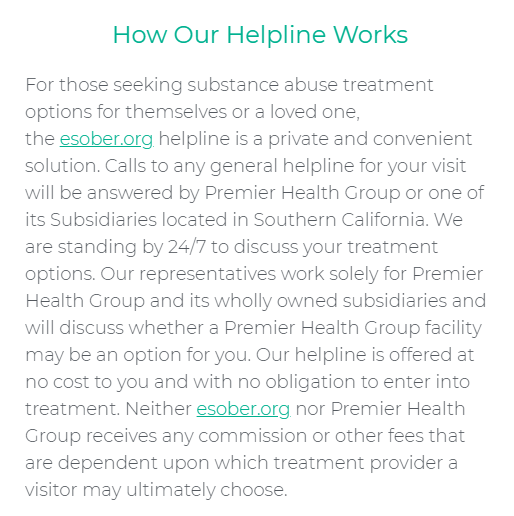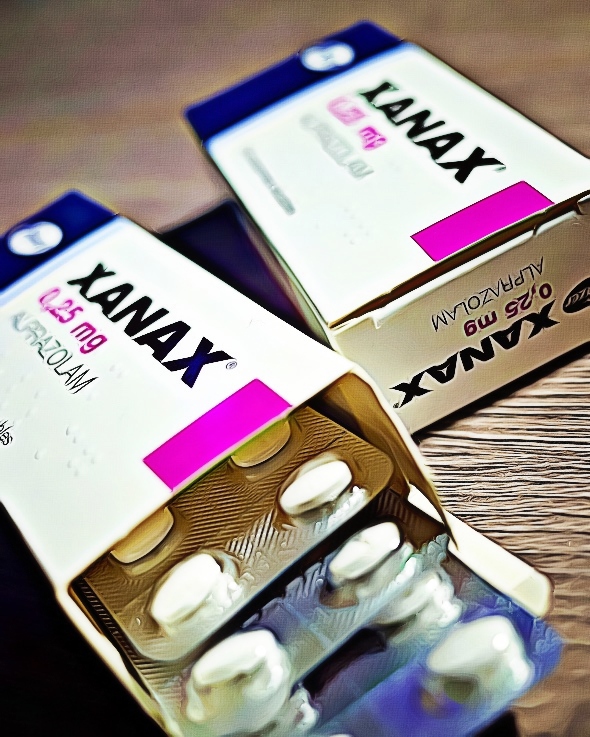There are many potent prescription medications that can have addictive qualities. Although they’re meant for treating certain illnesses, people can develop substance abuse disorder by overdosing and relying on the pain-relieving effects of these drugs. This is why it’s necessary to understand the full effects of prescriptive medicine before receiving it for treatment. Though Xanax is not an opioid, it does have opioid-like effects which make it highly addictive. Whether it has been prescribed or being used recreationally, it is easy for someone to overdose on Xanax which is why it is important to be able to spot the signs of overdose.
How dangerous is it to overdose on Xanax?
Although it’s generally rare to have fatal conditions by overdosing on Xanax alone, mixing it with other substances can amplify its effect to dangerous levels. Mixing Xanax with alcohol or other opioids will give your body a harder time to detoxify itself. This causes you to experience exaggerated sedation, increasing the levels of confusion, and cognitive disarray. It’s common for people who are addicted to Xanax to forget how many pills or drinks they already had, causing them to take more than they can handle.
Besides putting your heart at risk, you’re also severely damaging your liver. Since your liver breaks down the same enzymes of alcohol and benzodiazepine, it will be working harder to break down both compounds simultaneously. This causes a chain reaction of allowing the substances to stay longer in your body, causing you to feel its effects for an extended period.
What are the side effects of taking too much Xanax?
The effects of a Xanax overdose will vary in intensity, depending on the dosage and how you take it. The typical dosage for Xanax is from 0.25 to 0.5 mg for patients with anxiety. The intervals between doses are usually set at three times a day. However, some doctors prescribe a total of 10 mg per day to people with panic attacks. Like other strong medical solutions, older adults and those who have compromised livers need to lower their dosage since they’ll be sensitive to a benzodiazepine’s effects.
People who take too much Xanax may experience cognitive changes like drowsiness, poor coordination, or confusion. Some people may experience delayed symptoms, while others can have severe situations that can incapacitate them, leading to a coma or death.
What is Xanax? Is Xanax an opioid?
Doctors prescribe Xanax to patients who have anxiety. It was first approved as a treatment for people with panic disorders in the 1970s. Over time, its effects on the brain have also been recognized to remedy different conditions like nausea and other cognitive issues.
Some people also use it to treat depression or sleeplessness. However, the Food and Drug Administration doesn’t approve the drug for these conditions at the moment. There are cases where people use Xanax for recreational uses or take it at higher doses than the doctor’s prescription.
Xanax is not an opioid but is instead a benzodiazepine. It ranks high among the drugs that people frequently abuse as a prescription drug. It’s common for people who have substance abuse disorder to mix both opioid painkillers and benzodiazepine together. However, the risk of mixing these two potent drugs can lead to severe overdose cases.
Is Xanax addictive?
Xanax is a highly addictive drug, which is why doctors need to be extremely careful about prescribing high dosages to their patients. Additionally, individuals who take Xanax for the long-term can develop an addiction to it. People who take these kinds of medication for recreational purposes generally develop a tolerance for it at a faster rate. This causes them to require more of the drug to achieve the same high from the drug which can lead to a Xanax overdose.
People can be addicted to Xanax in a matter of weeks. A user can develop a dependency on it at just 6 weeks or more, in a group of four out of 10 individuals. People suffering from Xanax addiction can take anything between 20-30 pills per day. For this reason, physicians must taper off the intake of the drug to avoid any increased dosages to linger in the body.
People addicted to Xanax don’t just take it on its own and develop ways to make the drug’s effects more potent. Two of the most common ways to abuse the drug is through snorting or mixing it with alcohol.
- Snorting Xanax: This method increases the risk of taking the drug since it can also cause physical complications. You can develop blocked airways, sinus infections, and inflammation when snorting the powdered form of Xanax along dirty surfaces or straws. Since this ingestion process bypasses the digestive system, the drug goes directly to your bloodstream. This gives you more risk of inhaling allergens that give a stronger effect of the medicine.
- Using Xanax with alcohol: Since Xanax and alcohol are both depressants, they will make you feel twice as slow in both cognitive and physical responses. You will start experiencing slower speech, reflexes, and motor skills. The more dangerous effect of combining the two is that it slows your breathing and heart rate. Even if you take both in small doses, you will still experience severe effects. You don’t need to have a large dose of the drug or drink several bottles to suffer from its effects.
How long does Xanax last?
People who need to undergo drug detoxes will have specific needs, depending on the drug they’re using and the duration of using it. For example, people recovering from opioids will have different recovery times than people recovering from benzodiazepines. It’s essential to understand how long Xanax will remain in your blood so that you will know how to adjust your detox routine. Doctors can test the presence of Xanax in your system in different ways.
- Blood tests: Most people can have about half a dose of their Xanax intake in their blood after a day. However, it will take longer to be completely gone. Even if you don’t experience its anxiety-relieving effects, it may still be in your body for 4-5 days.
- Urine tests: Benzodiazepines are harder to detect on urine tests specifically. However, urine drug screens for Xanax can detect it for up to 5 days after the last intake.
- Saliva tests: Saliva samples from patients using Xanax report that it’s detectable in oral fluids for 36 hours at most.
Additionally, lab tests can also detect Xanax for as long as 3 months. Since hair doesn’t grow and repair as fast as your other cells, you may be positive for Xanax use even 12 months after your last intake of Xanax. These time frames on varying tests will depend on how quickly you can break down Xanax in your body. It may be shorter or longer for some people, based on their body’s chemical resilience.
Conclusion
Recognizing the dangers of a Xanax overdose is a precaution for patients who need it for their condition. It’s also a warning to people with prescriptions to be responsible for how they handle their medicine. They may end up overdosing unintentionally or allowing their friends and relatives to abuse the drug. This is why it’s necessary to be familiar with the signs of drug dependence so that you can seek out the help you need for yourself or your loved ones.



